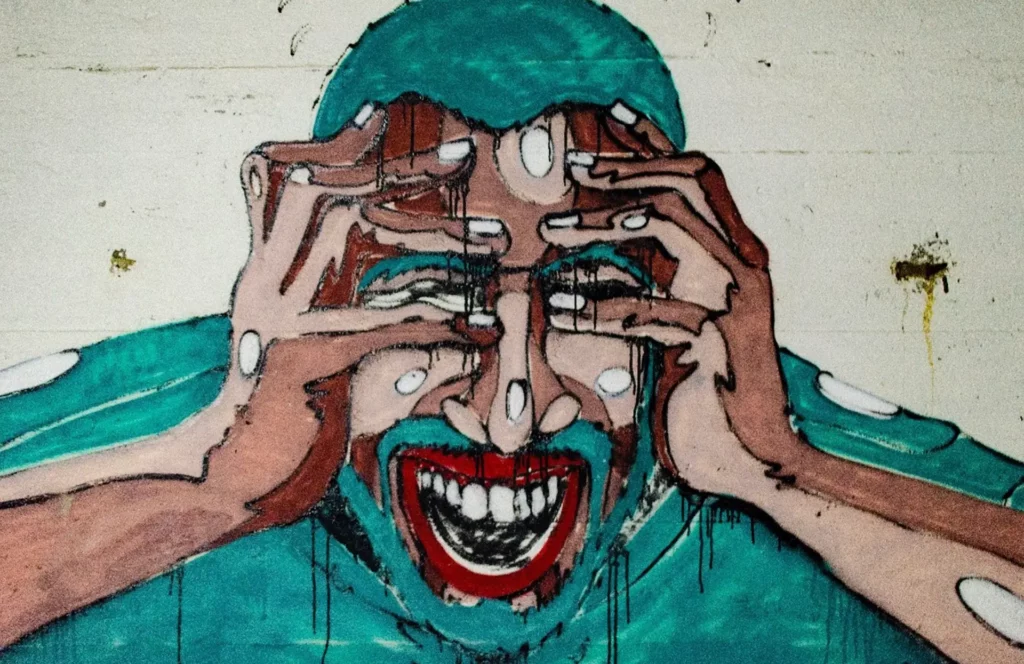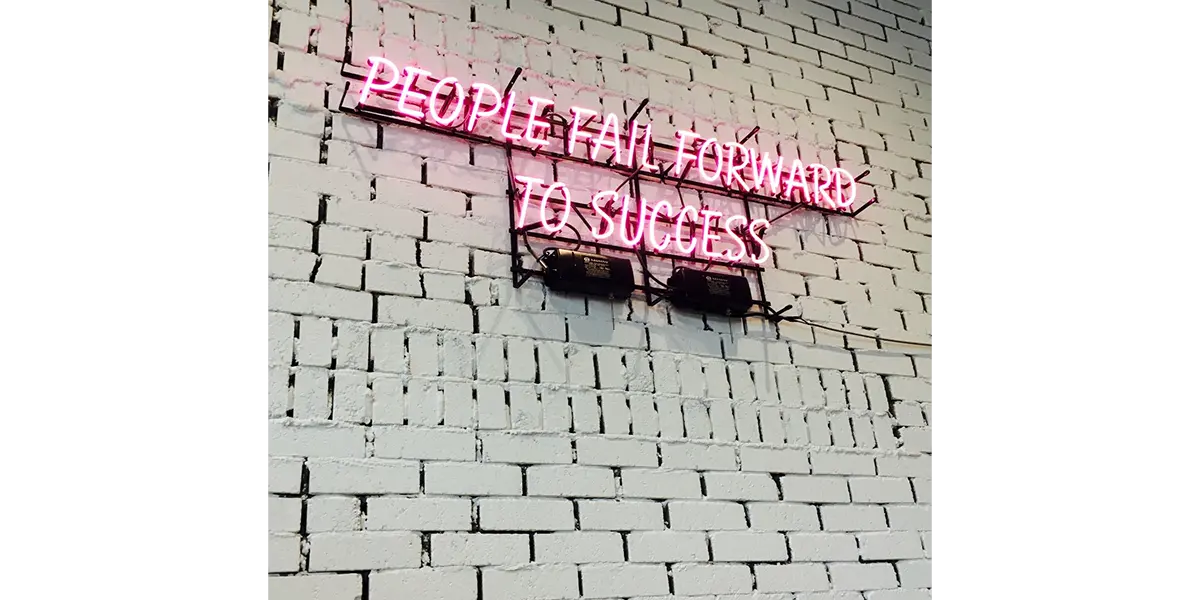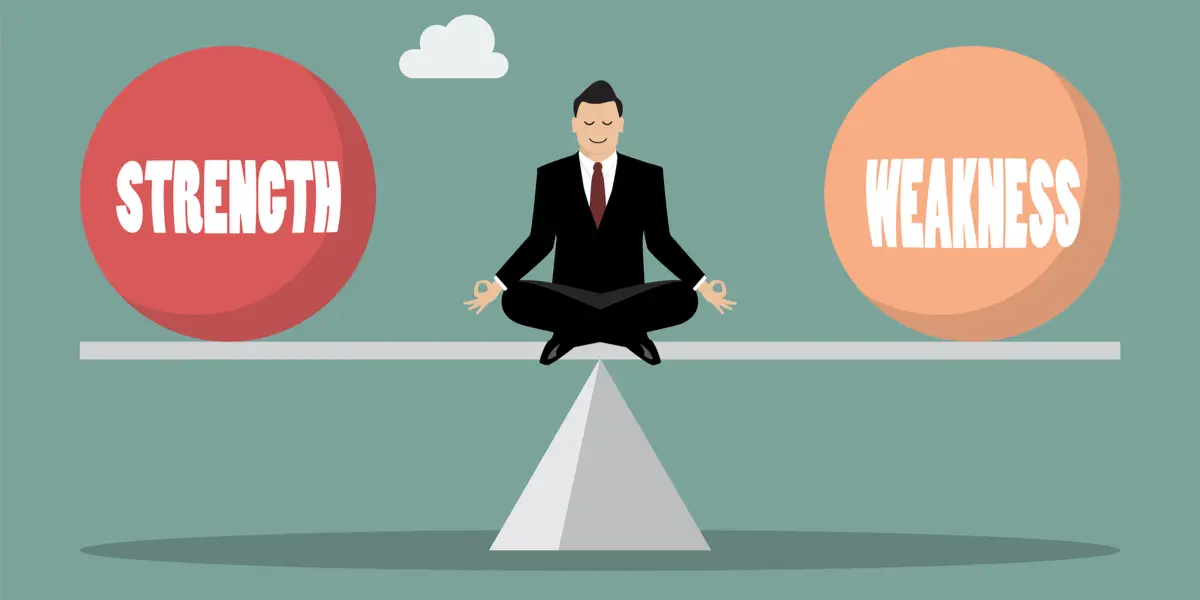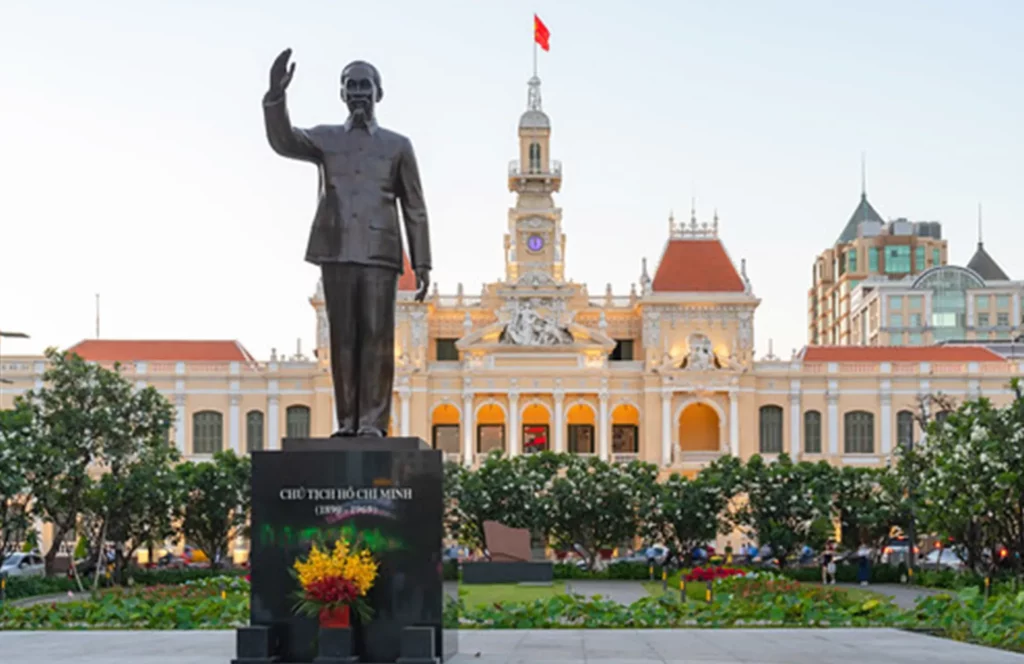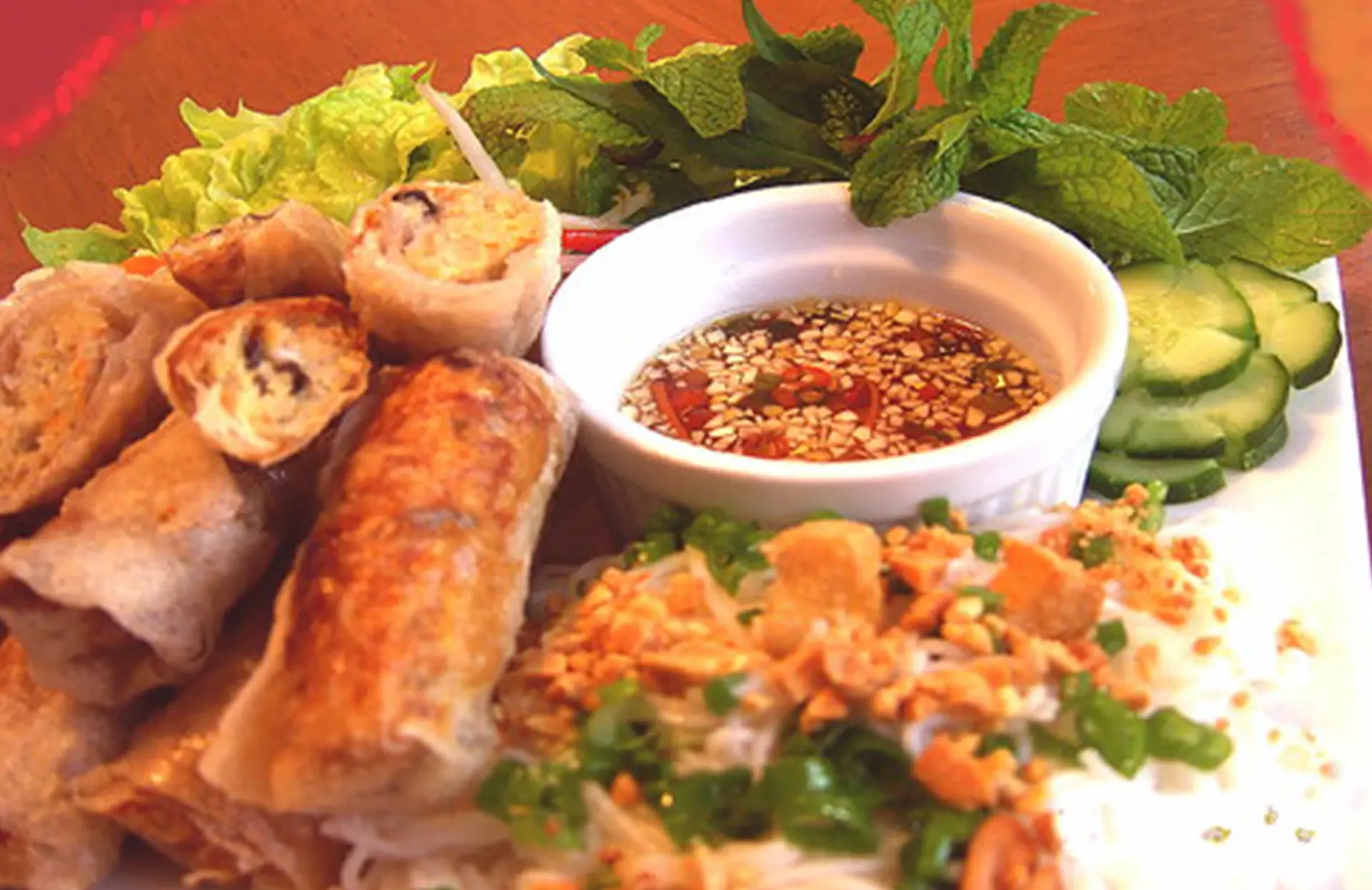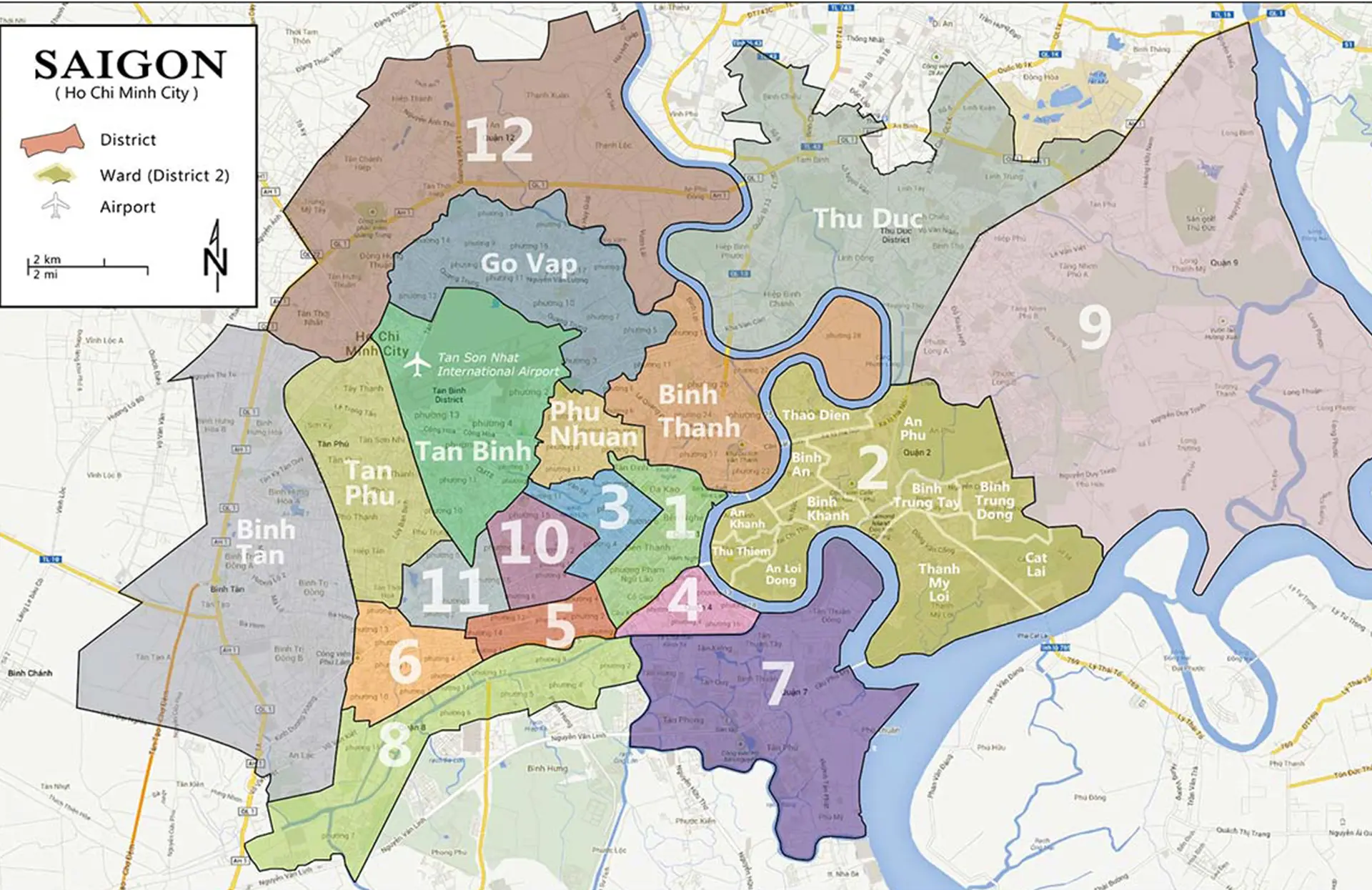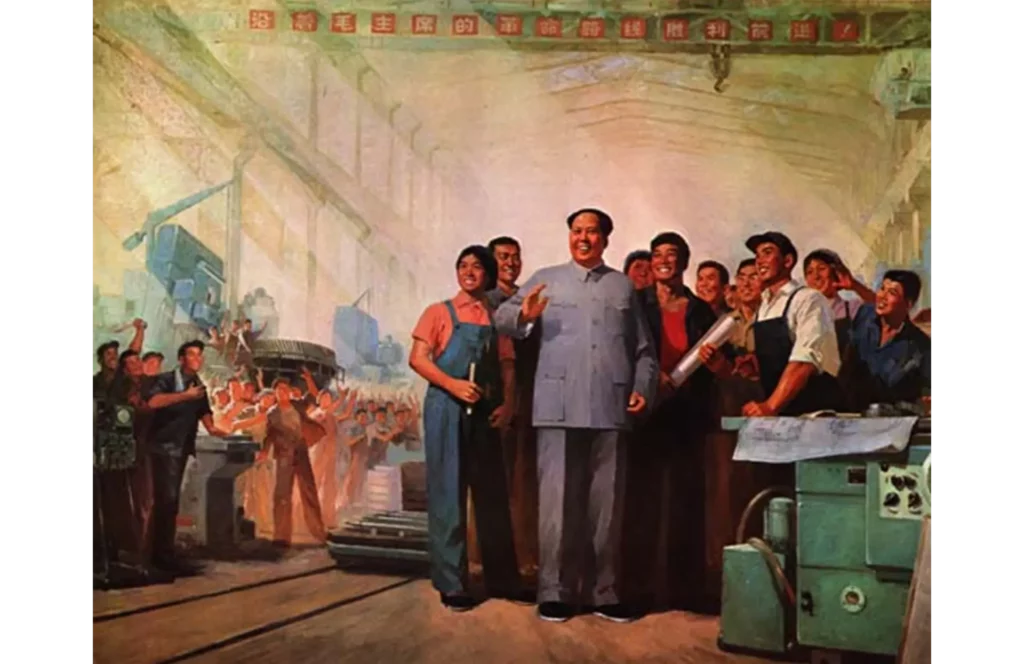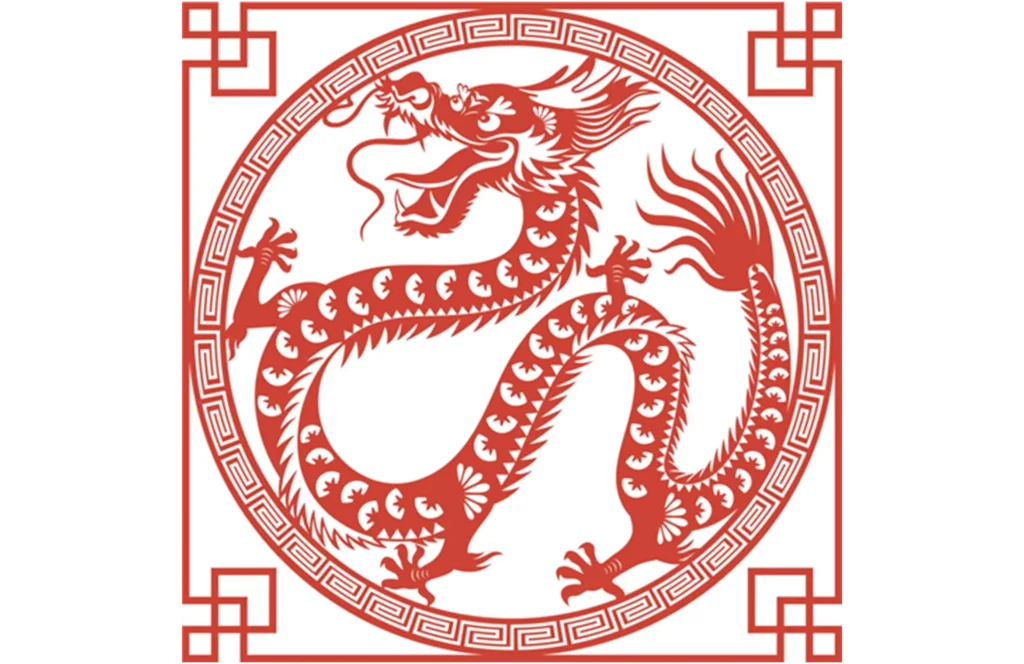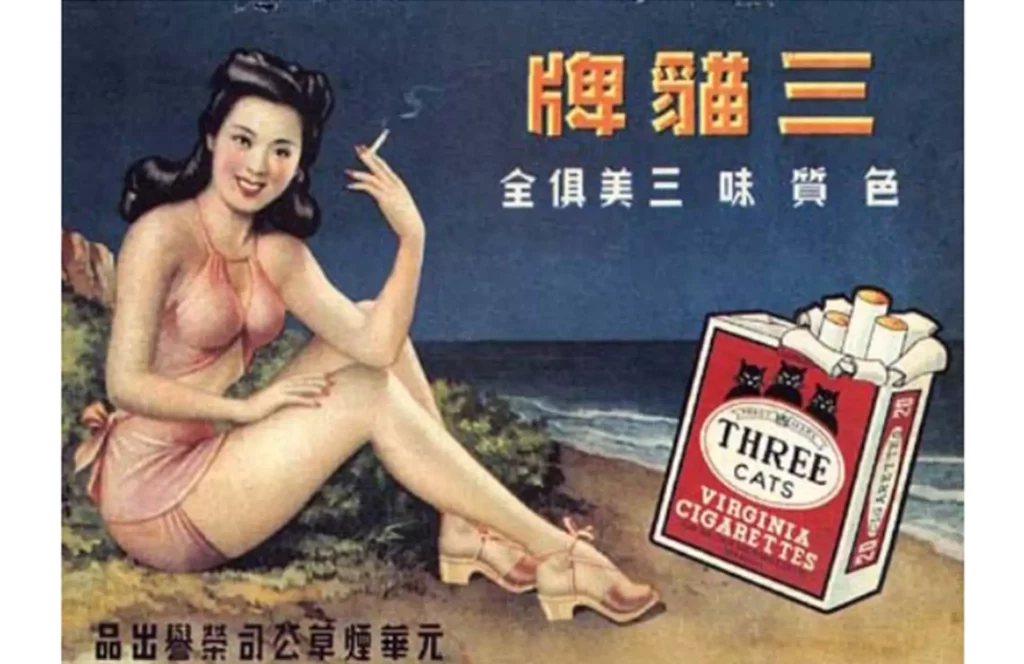Community Manager, the Social Marketing

Community management
This profession appeared in 2005. It originally resulted from the tedious, and often voluntary, work of forum moderators. Reinvented and integrated by companies, the essential objective of the Community Manager (or CM) is now to bring the brand closer to its consumers. To do this, he creates digital content and interacts with different communities. Generally speaking, he is in direct contact with his audience.
The audience consists of potential prospects, consumers and brand ambassadors. Thus, the CM (acronym for Community Manager) has an ideal position which allows him to better know and understand his customers, and therefore, the market in which his company operates.

What are the missions of a Community manager?
In order to popularize his responsibilities, here is what the missions of a newly hired CM, representing, for example, a clothing brand, would look like:
- Identify communities: At first, they will identify the communities that talk about the brand. If the brand is still new on the market and nobody is talking about it yet, they will create this community. You will be surprised to see that there is a plethora of opinions and discussions on all subjects. We are probably already talking about you!
- Join and animate communities: Once identified, he joins these communities and leads them. At this point, you have to redouble your creativity and empathy, because you have to go from being a new member to a reliable point of contact and absolute reference in this community.
- Develop the community: They will develop and evolve this community, improving the brand’s influence by increasing the number of subscribers. More people will know the brand, its image, and its values.
- Engage the Community: They will share exclusive information and support members, increasing interaction rates, engagement on networks, and transforming virtual subscribers into active ambassadors in the real world.
The pattern is simple: The more content you publish, the more love for your brand will grow, and the more ambassadors you will have to speak and praise your products.

The importance of data
Thanks to immersion in your audience, the CM has access to raw, natural, and authentic data. They can translate and format this data for colleagues who don’t have access to it. This source of information brings consumer feedback, response elements on product improvement, and clues for concrete solutions in decision-making meetings. It also helps stay tuned to weak signals to avoid bad buzz.
Choosing the right networks to interact with is crucial, according to your targeted customer (Persona Buyer). A common mistake is wanting to be present on all networks at the same time, which often results in a lot of effort for few results.

How to define your editorial line?
When you have chosen your networks, you need to define your editorial line:
- Buyer Persona: Choose the tone, mode, style of writing, and general approach of your communications according to your persona buyer. It’s about adapting to your target to make reading easy and enjoyable.
- Types of interactions: Define the types of interactions you will create with your community. Practice will likely lead you to modify some elements of the first step.
- Emotion: From these exchanges and interactions will emerge an emotion. This emotion will stay in the mind of your audience when they think of your brand. This is the key element of the editorial line.
By choosing the emotion you want your brand to generate, you can deduce the style of communication you want to adopt. The emotion is often linked to your branding. These choices of communication style, interactions, and emotions are called the editorial line. This is your “communication guide” on social media.
You will need to adapt it to each of your persona buyers and the style of the social network where they are to optimize your communications.

What is the profile of a community manager?
Basic Requirements
The general qualities required for community managers are:
- Curiosity: Follow the behavior evolutions on social media and appropriate them because it is essential to become an actor there.
- Common sense: Remember you are the voice of the company, despite the “cool” side of social media. Adapt to the client’s behavior and humor, not the inverse.
- Knowledge of the editorial line: Know and master the company's editorial line and its positioning on the market.
Depending on your company, whether you are selling a product or offering services, you will need a specific type of Community Manager profile. Define your global communication strategy, determine the criteria to be monitored (views, engagement, conversion rate, etc.), and make them evolve according to your monthly objectives.

Recognized profile types
We can identify 7 different CM profiles with their specific qualities:
- The content creator: Focuses on content creation. They position themselves on questions that web-surfers ask, demonstrate the expertise of your company through various media, and require skills like copywriting, creativity, and adaptability.
- The statistician: Takes a logical, mathematical approach, analyzing results to refine and improve content, and needs skills in data analysis and teaching.
- After-sales service: Represents your services and brand on networks, responding quickly to comments, questions, and messages, and requires communication skills, patience, and empathy.
- The newsjacker: Keeps up with the latest news and trends, sharing high-potential information relevant to your community, requiring a good sense of information and judgment.
- The community animator: Engages in platforms of exchange, requests for advice, and support, creating content on recurring issues, and needs technical knowledge and pedagogical skills.
- The web marketer: Optimizes page layout and navigation to increase conversion rates, requiring knowledge of user behavior and marketing processes.
- The social media manager: Oversees the CM team, drives the global media plan, coordinates campaigns, and ensures homogeneity in communications, requiring strong decision-making, communication, and negotiation skills.
Need a Community Manager? Drop us a line.
Click on the texts above to contact us
by email or phone!






